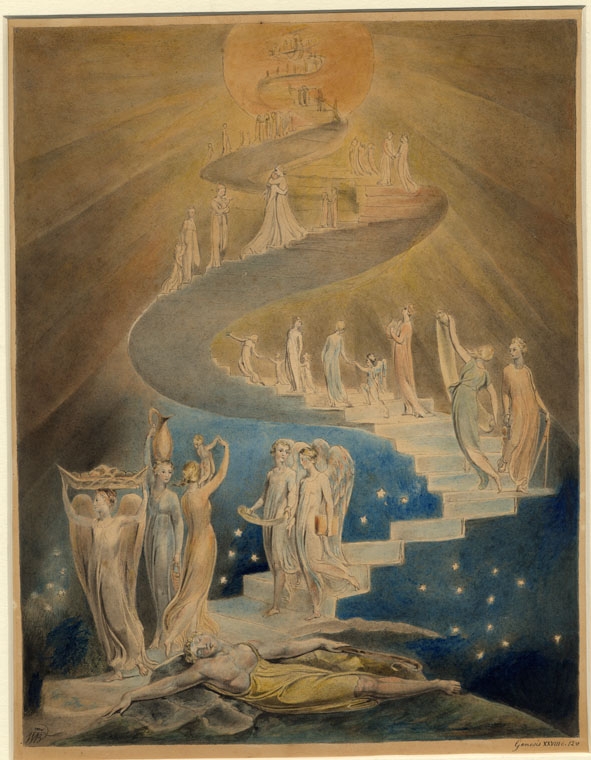Happy birthday William Blake – and why his letters are useful (part 1)
Naomi Billingsley, Leverhulme Early Career Fellow at the JRRI and one of the Lives of Letters team, writes:
Today is the birthday of poet, painter and visionary William Blake (1757-1827).
Blake’s letters are an important resource for scholars of his work for a number of reasons, including:
- Biography: As far as we know, Blake did not keep a diary, nor do we have detailed log books for his commissions for commercial engraving work and private patrons. Therefore, his letters are one of the sources available to biographers of Blake to reconstruct details of his life and his relationships with personal and professional associates (such methods were explored in relation to other figures in our seminar ‘Networks & Individuals‘).
- Beliefs: Some of Blake’s letters contain important insights into his personal belief system, such as a letter of 23 August 1799 to the dissatisfied patron Revd Dr Trusler: Blake’s response to Trusler’s complaints about the work that Blake had produced for him is to claim that the problem is not the work, but Trusler’s perception. This letter contains an important account of Blake’s theory of perception.
- Poetry: Other letters contain poems written for friends and thus are creative works in themselves.
One of Blake’s letters that has been relevant in some of my recent work on him includes a poem that is itself also apparently autobiographical: in a letter of 14 September 1800, Blake wrote to his friend Ann Flaxman, wife of the sculptor John Flaxman, after a visit to Felpham, West Sussex, to where the Blakes were to move from London later that month.
The letter includes a poem which seems to be an account of a vision that Blake experienced during his visit to Felpham. One verse is of particular interest to me, as someone who works on Blake’s pictorial works:
Away to Sweet Felpham for Heaven is there
The Ladder of Angels descends thro the air
On the Turret its spiral does softly descend
Thro’ the village then winds at My Cot it does end
The description of a spiralling ladder of angels corresponds to the design of Blake’s watercolour Jacob’s Ladder (c.1799-1806; illustrated below) – one of about eighty watercolours that Blake produced depicting subjects from the Bible. The precise date of the watercolour is not known, but its similarity of the description in the poem suggests that it could have been inspired by the vision that Blake experienced during that visit to Felpham.

William Blake, Jacob’s Ladder (c.1799-1806). (c) The Trustees of the British Museum. Image released under a Creative Commons Licence.
The similarity of the poem in the letter to the watercolour prompted me to include the figures from the watercolour in a virtual tour of Blake’s cottage in Felpham that I curated for The Big Blake Project (Jason Hedges of Immersive Design did the technical work of the tour).
The tour can be viewed on any device, including with VR goggles if you have them to hand.
I’ll be writing a post about how I’ve used another of Blake’s letters in another project in the new year.
In the meantime, you can discover more of Blake’s letters via the digital editions in the William Blake Archive.
Blake fans in Manchester may also be interested in the Whitworth Studies lecture this Thursday, 30 November (5.30-7pm): T J Clark, ‘”I have said to the Worm”: Hazlitt on Turner and Blake’.
1 Comment
Trackbacks/Pingbacks
- A Visit to a William Blake Exhibition – and why his letters are useful, Part 2 – Lives of Letters - […] the end of November, I wrote a post about some of the ways in which the letters of William…

Reblogged this on N A I Billingsley.